“I’ve spent a lot of time in the backcountry, and I’ve always believed that travel in the backcountry should be foot or horseback,” he said Monday.
Late last year, a U.S. House committee approved, along with Ginaforte’s support, House Resolution 1349. The resolution, brought by Rep. Tom McClintock, R-Calif., would amend the 1964 Wilderness Act to “to permit the use of bicycles, strollers and other human-powered wheeled implements, and motorized and non-motorized wheelchairs in wilderness acres.”
The legislation would not open all wilderness trails to bikes, but would rather leave the decision up to local officials. Current regulations prohibit bikes, based on language in the Wilderness Act prohibiting mechanical transport.
The legislation drew debate on two main fronts. The first was an ongoing disagreement over allowing mountain bikes on wilderness trails. The second came from criticism over the wheelchair portion of the bill, as wheelchair access in wilderness is protected by the Americans with Disabilities Act and subsequent regulations.
Gianforte had cited concerns that wheelchair protections were not uniformly enforced and reiterated Monday that ADA compliance should be uniform. He believed the bill attempted to bring some clarity to ADA compliance, but “in hindsight it went too far.”
“My understanding going into this vote on 1349 was this was an attempt to clarify the Wilderness Act in some corner cases that I didn’t really believe applied to Montana,” he said.
“I’ve never wanted to see bikes in the Bob Marshall Wilderness, and I honestly I didn’t expect that to happen because I didn’t think Montanans would support it.”
Gianforte says the bill is unlikely to come to the House floor for a vote, but would vote against it given the opportunity.
(photo credit: Ingram Publishing)
CLICK HERE to see the original article in the Independent Record newspaper, based in Helena, Montana
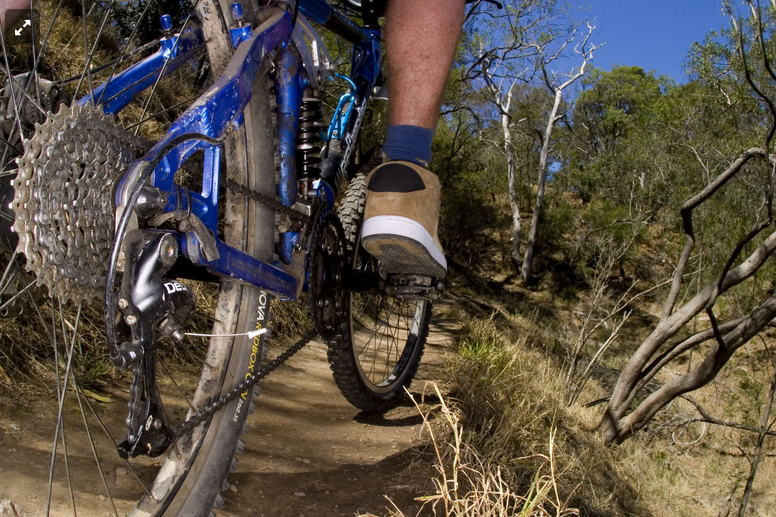

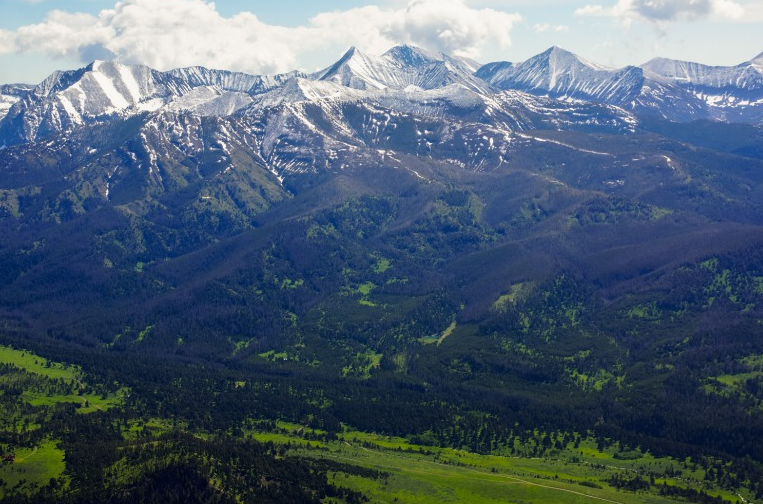
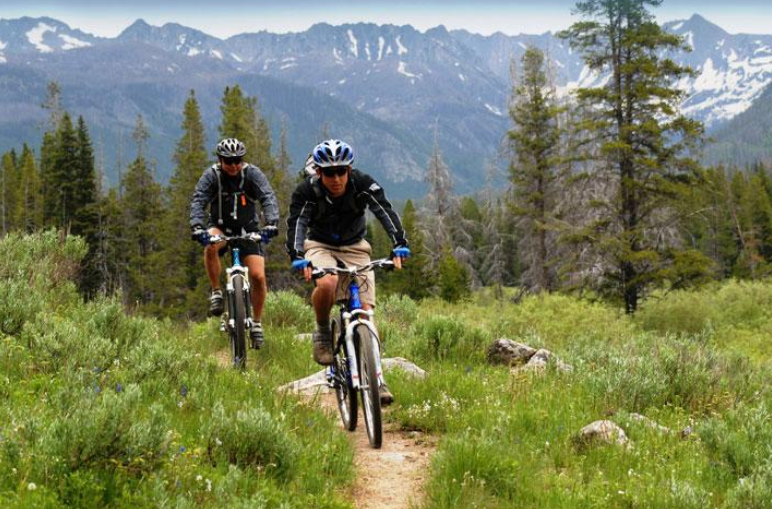
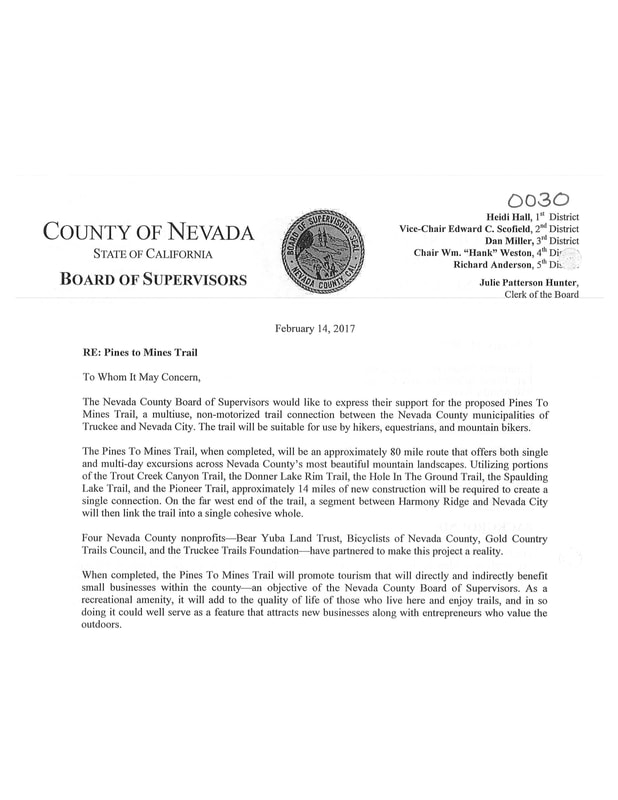
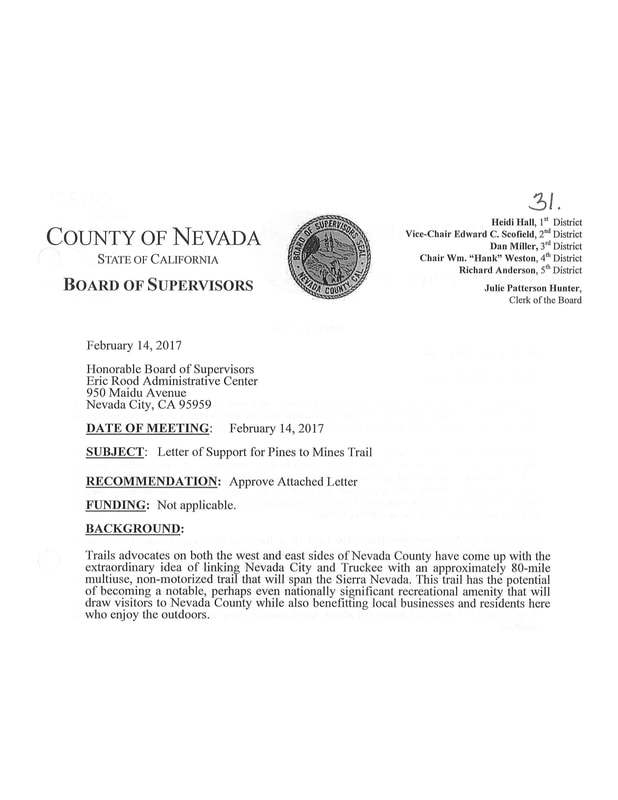

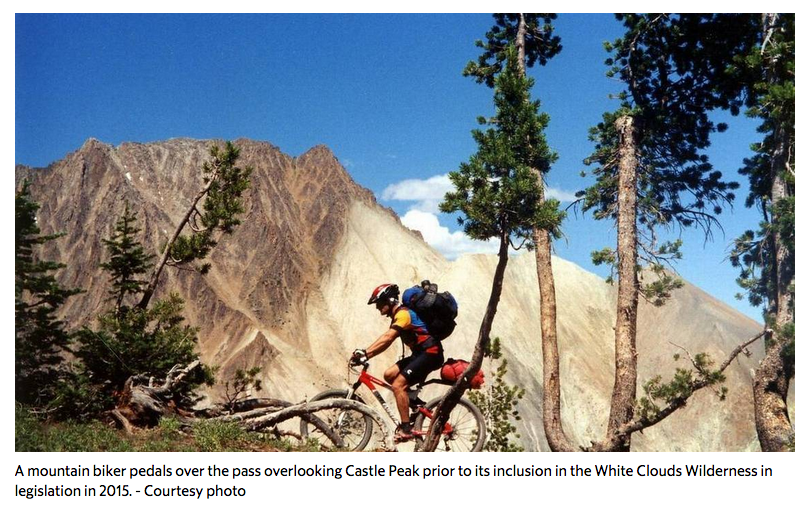
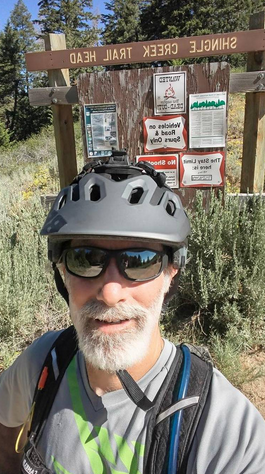

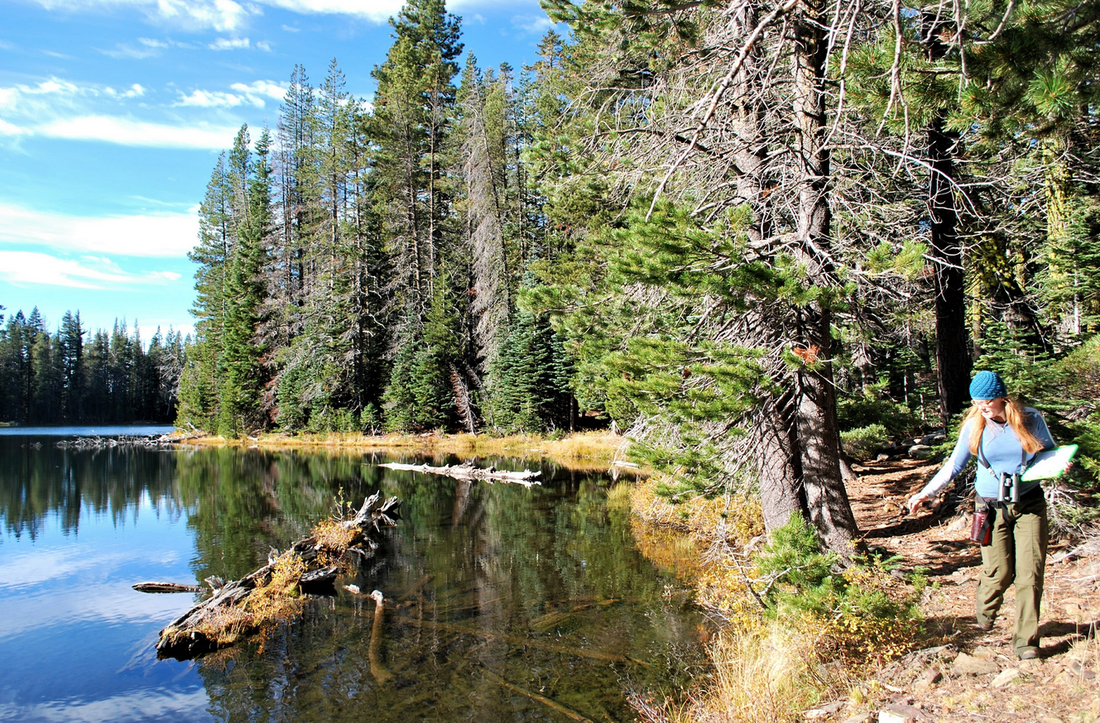
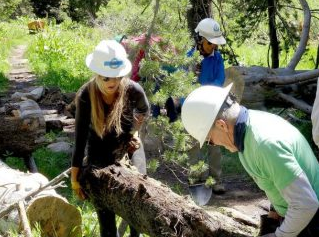
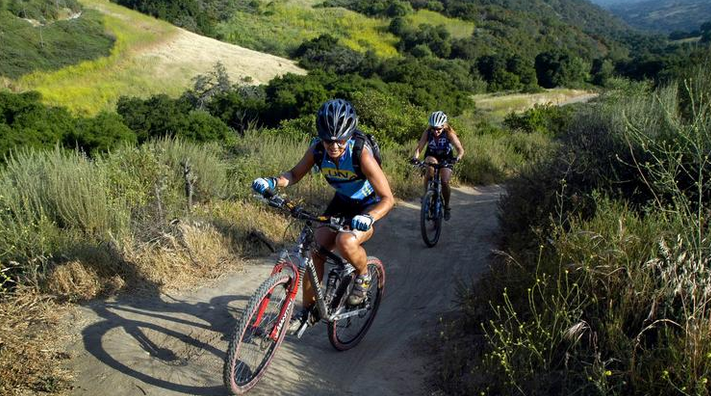
 RSS Feed
RSS Feed